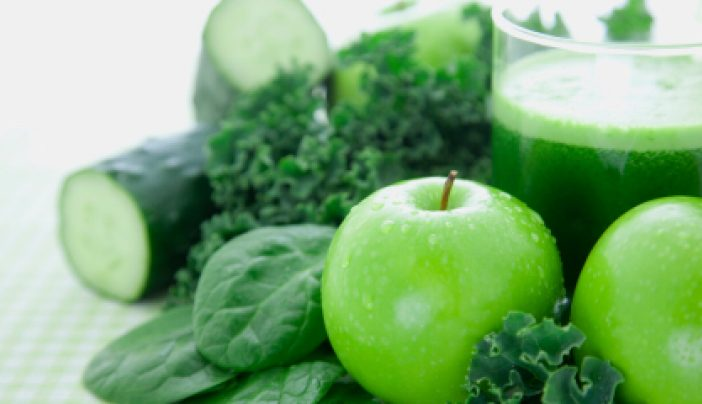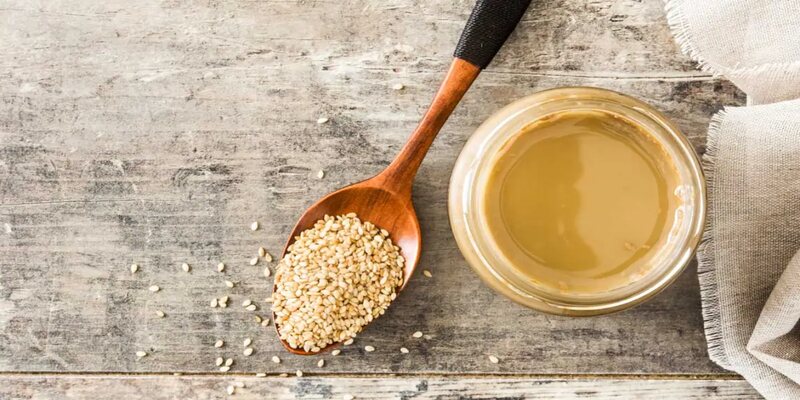In the past few years, the emergence of juicing or blending raw vegetables into a smooth drink has been a breath of fresh air for many of those concerned with health and fitness. Equipped with juicers for their kitchen counters, people are imitating the juice bars they used to wish they had during their health pursuits. No doubt this is useful, but what is its true role? We'll go into the realm of blending raw vegetables for the truth outright.
The Essence of Juicing
The juicing process includes separating the runny liquid part of fruits and vegetables from the fibrous solid pieces. In this way, we get a liquid concentrate containing all the vitamins, minerals and phytonutrients in the unprocessed products.
Nutritional Powerhouse
One of the motives of people attracted to juicing is the perception of the nutritious advantages. Crude vegetables are major reservoirs of essential nutrients. Therefore, juicing is better as it enables people to increase their vegetable intake if they cannot meet their daily vegetable consumption. Drinking a glass of vegetables can be a fast, simple and effortless way of taking these nutrients in the body.
Vitamins and Minerals Galore
Colorful vegetables such as kale, spinach, or carrots are a rich source of vitamins A, C, K, potassium, iron, and other essential minerals. Juicing these veggies will enable you to drink the maximum amount of antioxidants, vitamins, and minerals compared to how little you consume raw, so juicing them could provide a massive nutrient boost to your diet.
Antioxidants Abound
These unprocessed vegetables are also a prime source of anti(ox)idants compounds that can protect the body from radicals. The free radicals are unstable molecules that can yield oxidative stress to the cells, causing them harm and, consequently, a wide range of health problems. The antioxidants from vegetable juice may assist in the reduction of the harmful effects that these causes exert.
Digestive Health Benefits
Without the fiber, the juice nutrients may be absorbed more rapidly into the bloodstream, leading to quick blood sugar variations. It can be very helpful for people with delicate digestive systems or those who need to avoid high-fiber diets for health problems like these.
Weight Management
For young people searching to control their weight, veggie juice can be a low-caloric option with a supply of nutrition. Therefore, juicing should aid in balanced dieting to avoid swallowing it whole.
The Backside of Juicing

Although juicing possesses some advantages, it only flows with some downsides. Fiber stripping during the juicing process is a defensive or offensive skill.
Fiber: The Missing Link
Although soluble fiber benefits the digestive system, insoluble fiber does a great job of keeping you comfortably full. The effect of fiber in the juice can cause rises in blood sugar levels, which in the end can be dangerous for people who are already suffering from diabetes or those having insulin resistance.
The Whole Food Experience
Chewing whole vegetables activates similar satisfaction reactions in the brain and naturally adds to the satisfaction, thus leading to satiety. Every time you chew your food, your brain signals that you are eating, making you not consume many calories.
Sustainability and Waste
What is more, juicing might result in a massive amount of trash. It is the pulp, which has fiber and some nutrients and is often discarded. Furthermore, juicing takes up a larger quantity of the product and produces only a small quantity of the juice, a costly venture from an environmental sustainability point of view.
Making Juicing Work for You

Although many people will find positive and negative sides to it, the whole thing can be a good addition to a balanced diet when made properly. Here are some tips to make the most out of juicing:
Balance is Key
Make sure that juices only constitute a portion of your daily calorie intake. Also, include fresh and whole fruits and vegetables to cater to the fiber and other nutrients your body needs from these foods.
Go Green
Ensure your juices serve mainly vegetables and a little to give them a natural sweetness. Consumption of this kind can help reduce sugar cravings or increase nutrients.
Don't Forget the Pulp
Try to use the pulp creatively; you may add it to soups, stews, or baked stuff. This will get you some fibers; the high-fiber diet is one so far and is associated with a low chance of dying of any cause.
Listen to Your Body
Time your intake of juicing and evaluate how your body responds to it. Greater attention should be paid to your health conditions first, especially for those who have diabetes. You must consult your healthcare professional to include a daily smoothie regime in your diet.
Conclusion
What makes juicing raw vegetables ideal is that it could be an extra option you include in your diet for an increased intake of essential nutrients and antioxidants in a convenient way. Nevertheless, it is equally necessary to understand that juicing is supposed to be just an extra for whole vegetables, not a substitute. Through a favorable food approach and considering the drawbacks of juices, you can appreciate the advantages and, at the same time, be safe. The health issue isn't a piece-of-pie matter; there is no template for success. Paying attention to your body and acknowledging properly made decisions is a principle that successfully leads to your indemnity.







